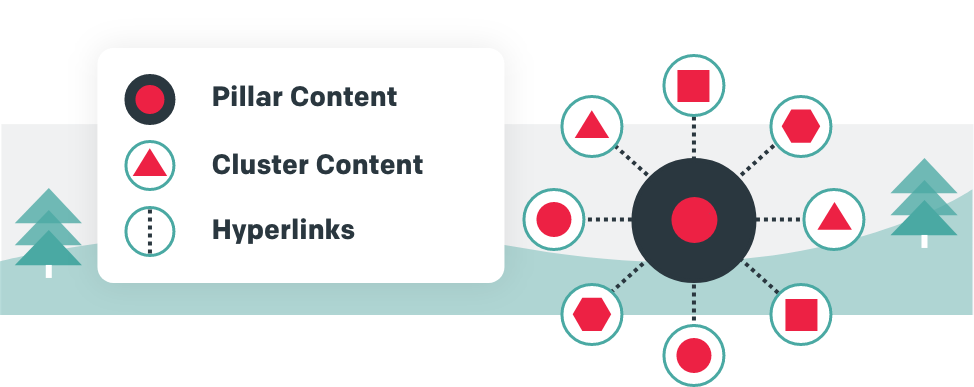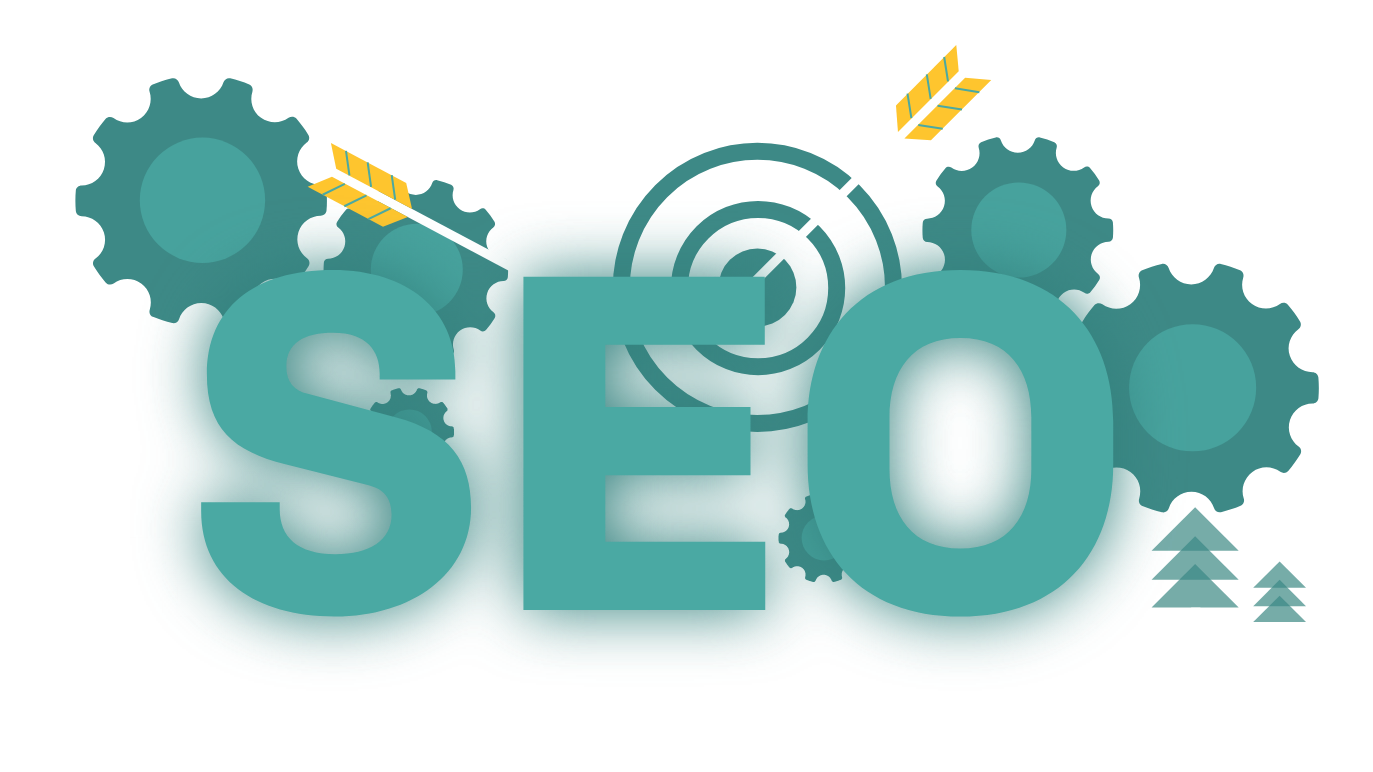Does your New Year’s Resolution involve taking some time to refine your website’s SEO? If so, you’ve come to the right place! The world of digital marketing moves quickly and, if you haven’t optimized in a while, it’s likely you could stand to make a few changes to keep your site aligned with modern best practices.
(On-page SEO involves all the specific elements on a web page that make it appealing and understandable, including your site copy, internal links, and the optimization of your title tags, meta tags, and images.)
Remember that the goal of Google’s search engine is always to deliver the highest quality and most relevant content to the human beings who use it. Effective optimization isn’t about appealing to bots—it’s about creating a great experience for the people who visit your site. However, to ensure that Google gets your site and its contents in front of those people who are searching for information, there are a few things you can do to help.
Clarify the Main Goal for Each Page
Before getting lost in the details, begin by ensuring each webpage is focused on one specific topic and goal. When you cast too wide a net and do too many things at the same time, it causes confusion and limits your ability to rank well. Stick to short and long-tail keywords that reinforce your topic and flow naturally within your copy. Your h1 and other headings should also relate well to your topic.
Keep Your Older Pages Fresh
Time passes quickly. Pages that were once new and shiny and offered cutting-edge information will grow outdated. Your ranking can slip if your content becomes less helpful, so it’s always a good idea to revisit those older pages. Even evergreen content deserves a refresh or reoptimization from time to time! This list from WordStream of 7 Easy Ways to Get More Traffic from Evergreen Content offers great ideas on where to get started.
MetaData Is Important - Use It!

Remember That Clusters Are Still Key
A strategic approach to content creation will serve you better over the long term than churning out a bunch of unrelated posts and pages. For this, you’ll need to delve into the world of topic clusters, or, as it’s known by some marketers, the Hub and Spoke model.
Start with a central pillar page based on the topic you’re targeting, then interlink subpages that delve deeper into aspects of that main topic. When you do this, you’re communicating that this is an area in which you possess a lot of expertise.
There’s no need to start from scratch! Odds are, you already have a number of pages on related topics that would work well as parts of a cluster.
Start Strategizing for Featured Snippets
Featured snippets appear at the top of search results as a concise answer to a searcher’s query. They’re pulled from indexed websites, and each includes a link back to that site. Featured snippets also feature heavily in voice search, extending their reach even further.
Want your own featured snippet? Here’s what to do:
1. Begin by identifying the specific search query you’re targeting. Tools such as Semrush and Ahrefs can help.
2. Write a clear heading.
3. Then, decide the type of featured snippet you wish to create:
-
- Definition box: These are simple descriptions, definitions, and answers to questions. Typically they are about 40-60 words.
- Table: Tables make up a large percentage of featured snippets and allow searchers to more easily visualize data.
- List: Lists outline steps in a process, offer rankings, reveal features, and more. They can occur in a specific order or be unordered.
Note: You have a better chance of getting a featured snippet if you keep the content you want to highlight near the top of your page.
4. But, don’t stop there. Your page doesn't have to be at the top of the search rankings to gain a featured snippet, but it should have some search authority. Optimize, optimize, optimize.
Want to know if you might have featured snippets you’re not aware of? Semrush can tell you if any have already been pulled from your site content.

Finishing Touches
Made it through this list, and still looking for more? Here are a few additional things to consider to help boost your on-page SEO in 2023:
- Refine your keyword strategy: Perform research, strive to understand search intent, and track your results to identify areas for improvement. Moz, SEMRush, and Ahrefs all offer tools to assist with this process.
- Don’t neglect mobile: Provide the people who visit your site via mobile devices with excellent user experiences.
- Write high-quality content: Use clear, helpful, and engaging language to connect with your readers.
- Optimize your images: Ensure they load quickly and add ALT text for each.
- Keep a human touch: AI-generated content is growing in popularity, but Google's Helpful Content Update prioritizes copy written by and for human beings.
Would you like some help?
For more tips on building organic traffic and rising in the search rankings, I recommend this article in the Semrush blog. And, if you’re looking for a partner to help grow your site’s authority, or bring new life to your brand, please reach out to the team at ABN!
Don’t miss out, get Brave News now
Join the ABN community and be the first to learn about trends in inbound marketing, branding, and web design.







